Pilot course in the Philippines
Overview of Pilot course in the Philippines This article talks about pilot course in the philippines. It explains how long it takes and how much it costs. Being a pilot is a cool job that lets you travel and make good money, but it’s also a big responsibility.. Airline pilots have a big responsibility for…
Overview of Pilot course in the Philippines
This article talks about pilot course in the philippines. It explains how long it takes and how much it costs. Being a pilot is a cool job that lets you travel and make good money, but it’s also a big responsibility..
Airline pilots have a big responsibility for the safety of many people on each flight. One mistake could cause big problems with money and, even worse, hurt or kill people. Because of this, they need a lot of training that is very strict. The Philippines has a well-regarded aviation group called CAAP that helps keep pilots trained and flights safe. We’ll learn more about CAAP later.
Civil Aviation Authority of the Philippines
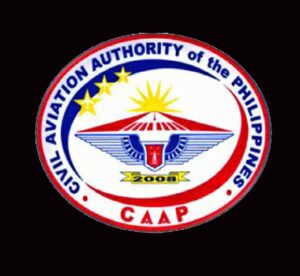
Before start the pilot course in the Philippines, It is important to know about the CAAP.
In the Philippines, pilot training programs are overseen by the Civil Aviation Authority of the Philippines (CAAP). As the regulatory body for the country’s aviation industry, CAAP is responsible for issuing and maintaining crew member licenses, authorizing aircraft operation, and establishing comprehensive regulations (CAR, or Civil Air Regulations) governing both crew licensing and the broader civil aviation industry. These regulations define the specific requirements individuals must meet to obtain a pilot license, which can be fulfilled through training programs offered by authorized flying clubs throughout the Philippines.
The requirement for Pilot course in the Philippines

While the Civil Aviation Authority of the Philippines (CAAP) and the Directorate General of Civil Aviation (DGCA) offer extensive resources on their websites regarding pilot qualifications, this document focuses on the essential and foundational requirements for aspiring pilots.
Class 2 and Class 1 medical-
Aspiring Commercial Pilot License (CPL) holders in India should undergo a medical assessment to ensure fitness for flight duties before approaching a flying club. This assessment is conducted at authorized Class 2 medical centers, readily available in the country.
Upon obtaining the Class 2 medical certificate, individuals can proceed towards a Class 1 medical examination at a DGCA-authorized medical institute. Once both medical certifications are acquired in India, candidates have the option to pursue CPL training at a flying club in the Philippines. However, it is crucial to note that the Philippines’ Civil Aviation Authority (CAAP) also mandates completing Class 2 and Class 1 medical examinations within their jurisdiction before commencing flight training.
10+2 should be from PCM-
As per the Directorate General of Civil Aviation (DGCA) requirements, the minimum educational qualification for aspiring pilots in India is the completion of a 10+2 (higher secondary) education in Physics, Chemistry, and Mathematics. It is important to note that the DGCA does not mandate a minimum percentage requirement for admission to pilot training programs..
200 hours of total flying-
While the Indian Civil Aviation Regulations (CAR) detail the specific requirements for flight hours, a minimum of 200 total flying hours is necessary to obtain a Commercial Pilot License (CPL) in India while Philippines has 150 hrs. of requirement for CPL. This flight time typically involves a combination of training on single-engine aircraft like the Cessna 152 and Cessna 172, multi-engine aircraft, and various flight conditions including day and night flying, local and cross-country flying, and check rides.
Now, let’s explore the step-by-step process of acquiring a CPL after obtaining a Class 2 or Class 1 medical certificate:
CHOOSING A FLYING CLUB for a Pilot course in the Philippines.
When choosing a flight school for pilot course in the Philippines, it’s crucial to select one registered with the Civil Aviation Authority of the Philippines (CAAP). While the core curriculum for your CPL is consistent across schools, the specific packages and services offered may vary. To ensure you get the best value, communicate your needs clearly to the school so they can tailor a package that aligns with your requirements and eliminates unnecessary components. Be mindful of potential additional charges for accommodations and transportation; you may be able to negotiate lower rates for these services
Aircraft and equipment of the flying club–
To start pilot course in the Philippines, it’s crucial to choose a flying club with a well-maintained fleet equipped with the latest technology. Additionally, verification of the instructors’ strong reputation and incident-free history provides valuable peace of mind. While some clubs may advertise packages promising 250 hours of flight time, thorough investigation is essential to confirm the actual number of hours included. Carefully review and complete all legal documentation associated with the chosen package before making any full payments. This safeguards your interests and facilitates recourse in the unlikely event of unforeseen issues arising.
Recommended flying club- https://flyorientaviation.weebly.com/
STAGES of Pilot course in the Philippines:-

Student pilot license:-
The Student Pilot License (SPL) is the first step towards acquiring a pilot’s license. The process involves ground training followed by flight training.
Ground training covers the fundamentals of aviation, including:
- Aerodynamics: Understanding the principles of flight.
- Aircraft structure: Familiarization with the different components of an aircraft.
- Weather: Learning about weather phenomena and their impact on flight.
- Navigation systems and equipment: Understanding how to navigate an aircraft and operate onboard equipment.
Flight training commences with a flight instructor providing guidance on:
- Taxiing: The process of maneuvering an aircraft on the ground.
- Preflight checks (360° check): Conducting a thorough visual inspection of the aircraft’s exterior and interior.
To obtain an SPL, individuals must hold a Radiotelephone (RT) license and log at least 10 hours of flying time.
Upon successful completion of the SPL exam administered by the Civil Aviation Authority of the Philippines (CAAP), individuals will receive their SPL license within 10-15 working days.
Private pilot license:-
The Private Pilot License (PPL) is an abbreviation for the qualification that allows individuals to pilot an aircraft for non-commercial purposes. It typically follows the completion of a Student Pilot License (SPL). To be eligible for the PPL, applicants must possess a minimum of 50 hours of logged flight time. Following the completion of flight training, individuals are required to pass both a theoretical exam and a practical flight test.
COMMERCIAL PILOT LICENSE:-
Commercial Pilot License (CPL), abbreviated as CPL, is the next step for aspiring airline pilots after obtaining their Private Pilot License (PPL).
After accumulating the minimum flight hours required by the Civil Aviation Authority of the Philippines (CAAP) (typically 150 hours, but regulations may vary – refer to the CAR for the latest information), individuals can apply for the CPL exam. Passing the exam and a subsequent check ride (flight evaluation) is necessary to obtain the license.
Following successful completion of these steps, all required documents can be submitted to CAAP for processing. The CPL issuance typically takes 20-25 working days. While many airlines require additional qualifications like instrument ratings and multi-engine endorsements, this section will focus specifically on the latter.
Multi-engines aircraft endorsement on CPL

A minimum of 10 hours of flight training in a multi-engine aircraft is required to obtain the endorsement. Following successful completion of the flight training, applicants must pass both a technical exam and a practical check ride conducted by an authorized examiner.
Upon acquiring a Commercial Pilot License (CPL) with a multi-engine endorsement, applicants seeking to convert their licenses to Indian standards will need to obtain a verification certificate from the Civil Aviation Authority of the Philippines (CAAP). This certificate verifies the authenticity of all licenses, flight time, and other relevant certificates held by the applicant.
DGCA CONVERSION
Converting a foreign pilot license to an Indian one requires passing two online examinations administered by the Directorate General of Civil Aviation (DGCA) every three months:
- Air Regulations: This exam assesses your knowledge of Indian aviation regulations and procedures.
- Composite Exam (Metrology and Navigation): This combined exam for Commercial Pilot License (CPL) holders tests your understanding of meteorological and navigational concepts.
Coaching classes are available from authorized institutes to assist you in preparing for these exams.
Additionally, you must complete 10 hours of flying in India under the supervision of a DGCA-approved flying school. This requirement ensures familiarity with Indian airspace and regulations.
While the Philippines may offer a cost-effective pilot course with a shorter timeframe (typically 8-10 months), pursuing license conversion in India allows you to gain experience and qualifications specific to the Indian aviation sector.
https://flyorientaviation.weebly.com/
Good luck:)


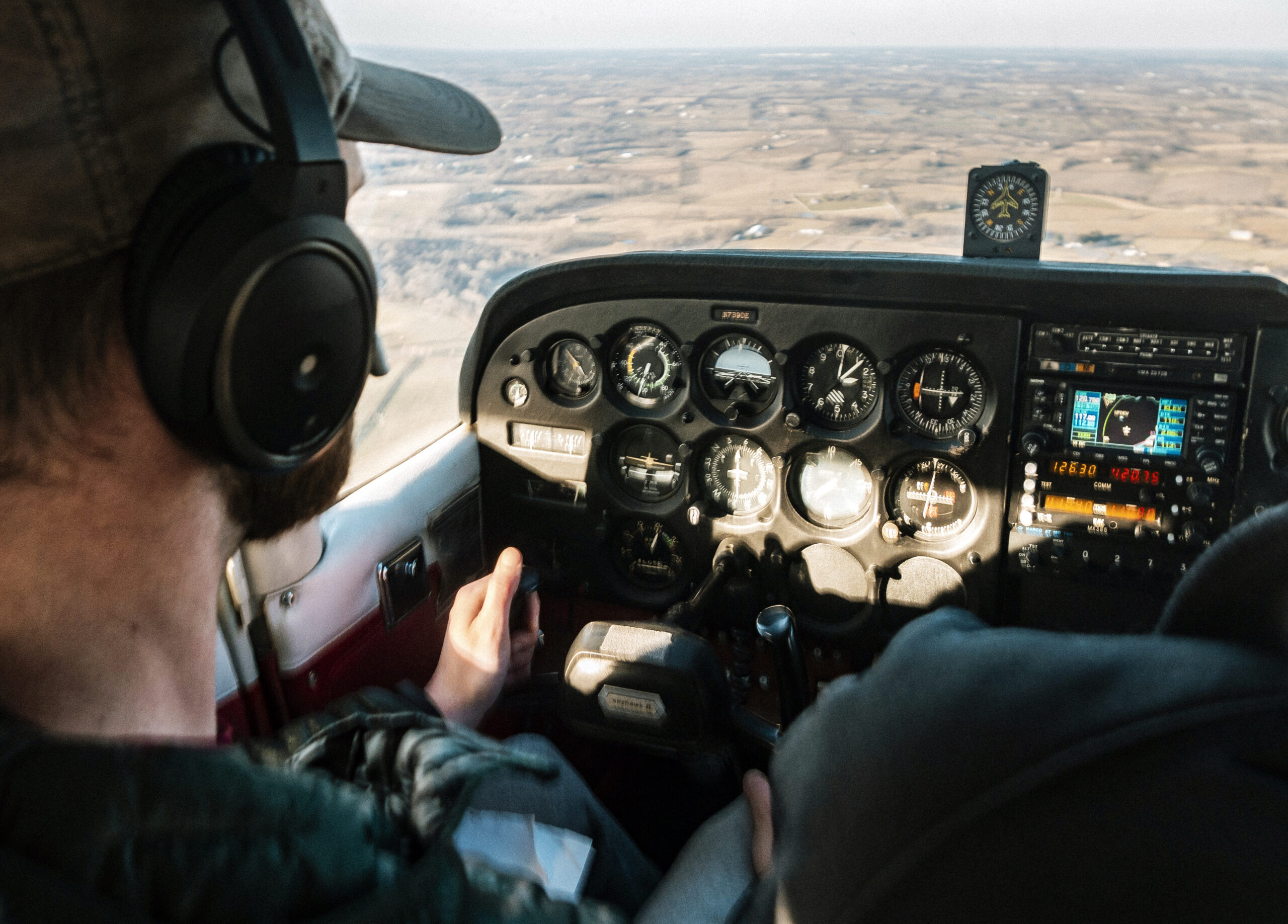
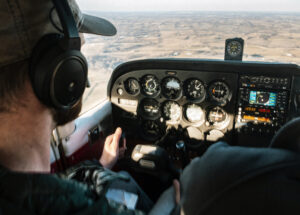

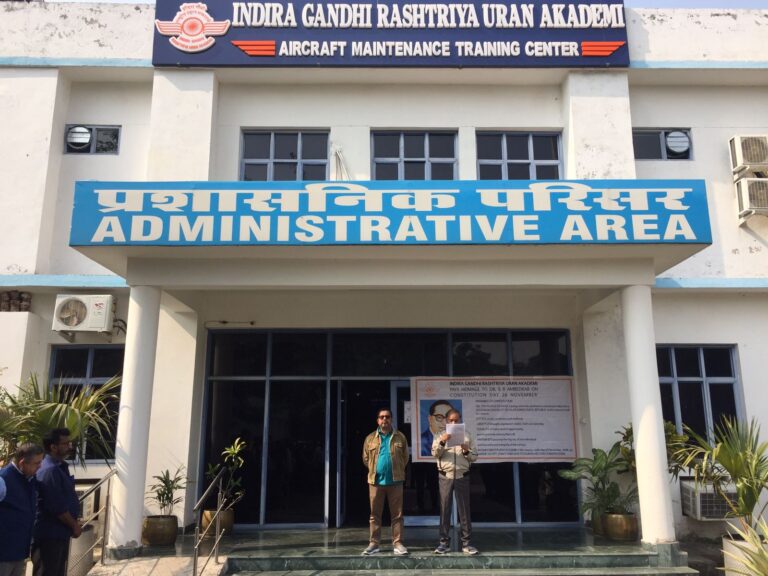
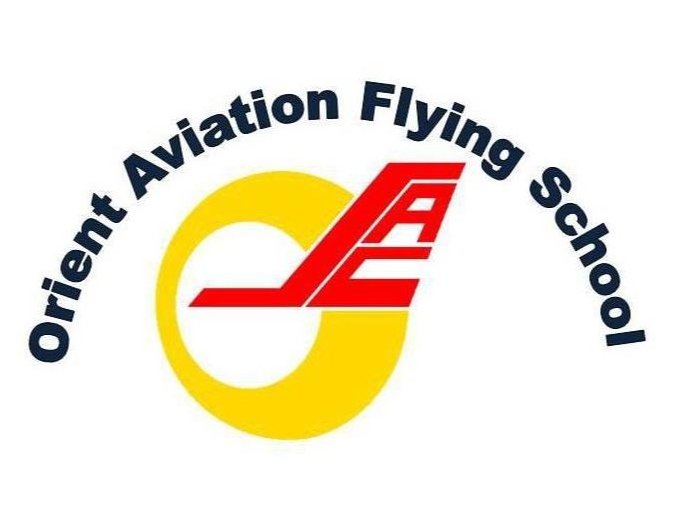
How long does it take to get CPL and what about the airline jobs?